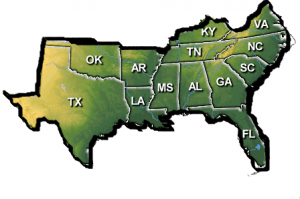Metal roof panels are typically constructed out of the following material.
Copper
An expensive metal that is malleable. Typically used for high end residential roofs, for copings, gutters, and flashings.
Lead
A versatile metal that is typically used for flashings.
Aluminum
A lightweight, inexpensive metal that expands and contracts twice as much as galvanized metal.
Stainless Steel
A strong corrosion resistant metal that is usually only found on roofs that deal with harsh industrial conditions. Stainless steel is an expensive option, but for some the only effective option.
Galvanized Steel
The most common metal used for commercial metal roofing. Features a sacrificial coating of zinc to protect it from the elements.
